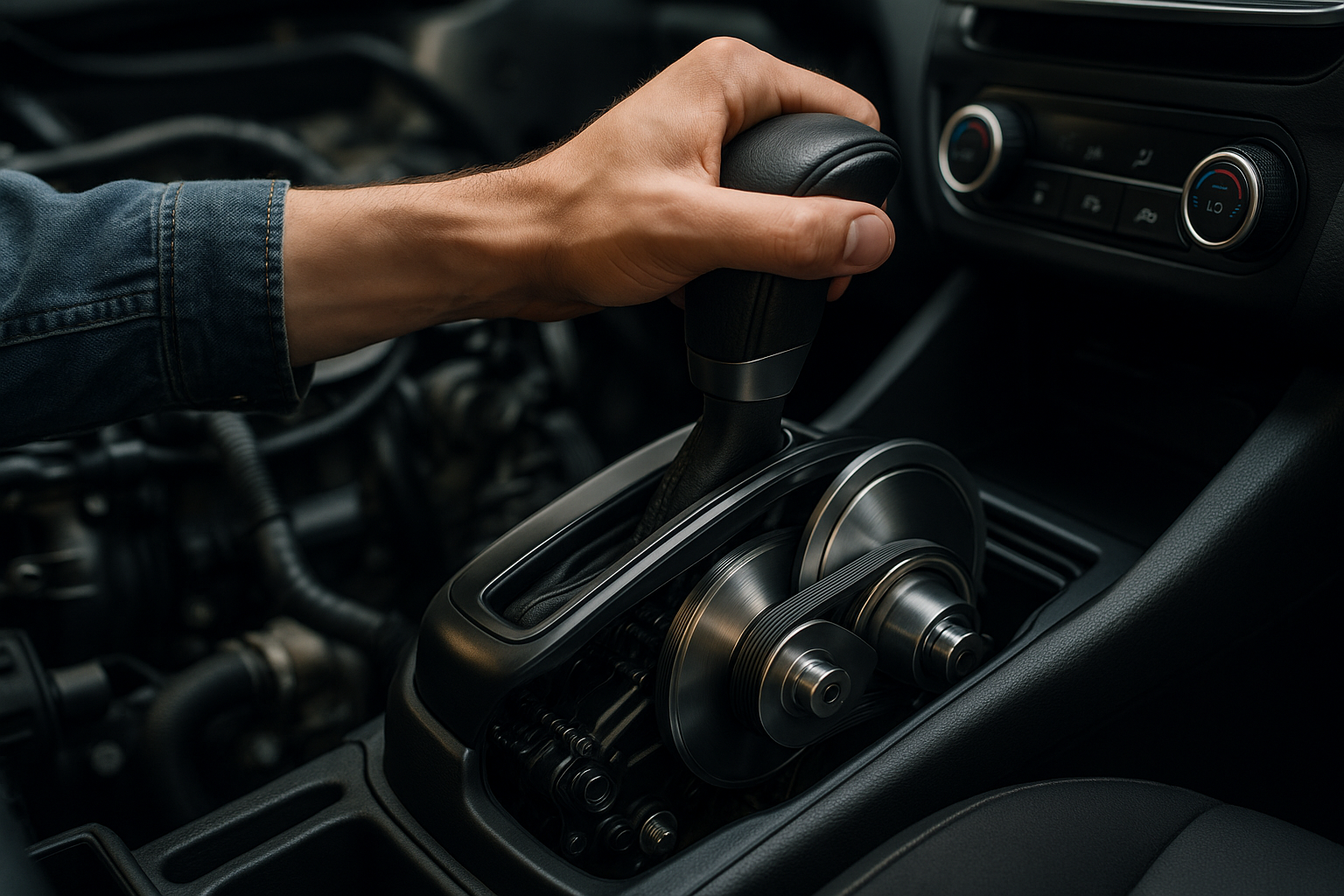Shifting Gears: The Rise and Impact of Continuously Variable Transmission in Modern Vehicles
Introduction: Imagine driving a vehicle where the transition between gears is so smooth, it's almost imperceptible. No sudden lurches, no awkward pauses, just a seamless flow of power. That's the driving experience delivered by Continuously Variable Transmission (CVT), a technology that's redefining the dynamics of modern cars.

The Genesis of Continuously Variable Transmission
The concept of CVT is not a new invention. Its roots can be traced back to the late 15th century, when none other than Leonardo Da Vinci sketched a stepless continuously variable transmission in one of his notebooks. However, it wasn’t until the automotive era that CVT started to take shape. In the late 19th century, the first patent for a friction-based CVT system was issued to Daimler and Benz, two pioneers of the automotive world. But the advent of the CVT we know today was heralded in the late 1980s and early 1990s when Dutch-based company Van Doorne’s Transmissie released a steel-belted CVT, which became the foundation for modern CVT technology.
CVT: The Mechanism Behind the Magic
Contrary to the traditional automatic or manual transmissions that use a complex set of gears, CVT operates on a simple principle of two pulleys and a belt. The pulleys can change their diameter, and the position of the belt on the pulleys determines the gear ratio. This results in an infinite number of gear ratios, allowing the engine to operate at its most efficient RPM, whether it be for maximum power or maximum fuel efficiency.
The Tipping Point: CVT in the 21st Century
In the 21st century, CVT technology has been adopted by numerous automotive companies. Nissan, in particular, has been a strong proponent, implementing CVT in many of their vehicles. This is due to the technology’s inherent benefits in fuel efficiency and smooth performance. When compared to traditional automatic transmissions, CVTs can improve fuel economy by 4-5%. Beyond Nissan, CVT technology is now used by various other manufacturers, including Toyota, Honda, and Subaru, to name a few.
The Challenge and the Future of CVT
While CVT offers several advantages, it isn’t without its challenges. Some drivers criticize the technology for its ‘rubber band effect’, where the engine speed doesn’t match the car’s acceleration. Moreover, CVTs generally can’t handle high torque loads as well as conventional transmissions, limiting their application in performance-oriented vehicles. However, engineers worldwide are working to overcome these issues, and the promises of CVT technology - improved fuel efficiency, seamless power delivery, and simpler construction - still make it a compelling prospect for the future of the automotive industry.
Driving Home the Point
The rise of Continuously Variable Transmission is a testament to the automotive industry’s continuous pursuit of innovation. It may not have the historical prestige of manual transmission or the current buzz of electric propulsion, but CVT is quietly and effectively reshaping the driving experience. The future of CVT appears bright, as we continue our drive towards more efficient and refined vehicles.




